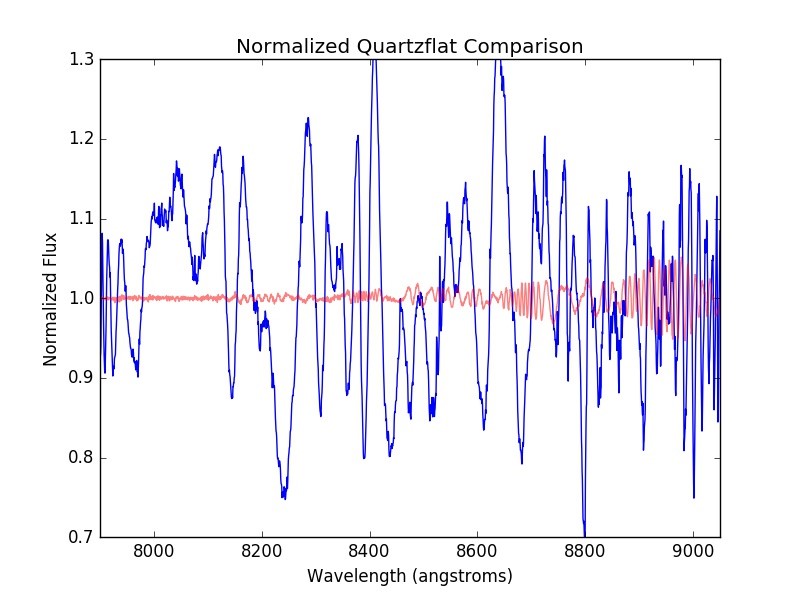Additional Information for 2017A Proposers
Submitted by jelias on Fri, 2016-09-02 16:09
Basic information related to observing proposals can be found in the respective partners' call for proposals, however here are a few detailed updates for specific instruments.
Goodman Red Camera Update
This news article is intended to provide information on status of the new Goodman red camera in time for people to write proposals for semester 2017A. We expect to update the article as additional information is developed.
Current Status
The new camera and its associated hardware have now been extensively tested. All serious problems have been addressed, but there are a few remaining bugs to be eliminated, and the overall performance needs to be documented and included on the Goodman web pages. We expect this will be complete by the end of September, if not sooner.
- Once we are satisfied these tasks are complete, we will start offering the camera to experienced users with time scheduled in semester 2016B who might benefit from it, on a shared risk basis.
- Anyone can propose to use the red camera in semester 2017A. See the guidelines that follow.
Preliminary Performance Information
The detector is an e2v deep depletion CCD with a broadband antireflection coating. It therefore has much better fringing performance in the red (see the figure below). Based on our preliminary reductions of commissioning data, performance of the blue and red cameras is comparable over most wavelengths below 700 nm, except for the ultraviolet.
Our recommendations (pending final reductions) are as follows:
- If you require data beyond 7000 Å, you should definitely propose for the red camera.
- If you do not require data below 4000 Å or above 7000 Å, it’s likely either camera will work well for you. If you are awarded time, you can decide which one to use based on the final performance data.
- If you do require data below 4000 Å, you should stick with the blue camera. Again, if the final performance data indicate that the red camera would be better for your program, you can choose that for the actual observations.
- However, whatever you end up with, you should be aware that you will not be able to switch cameras during the night, though you can propose a program that uses both cameras on separate nights.
- The Goodman set-up form does not currently allow you to specify the camera; until that is fixed please include the specification in the notes. For current observers, the blue camera will be assumed unless you specify otherwise and have discussed the possibility with your support scientist.
The figure shows a comparison of normalized lamp flats in the 8000-9000 Å region, demonstrating the reduced fringing with the red camera's CCD.
Restricted User Instrument Availability
Once again, we are offering access to the high-resolution "speckle" camera HRCam, and expect to offer a limited amount of time with the Fabry-Perot mode of SAM. Please see the page here; it has been slightly updated since last semester.
Updated on August 19, 2021, 7:34 am
